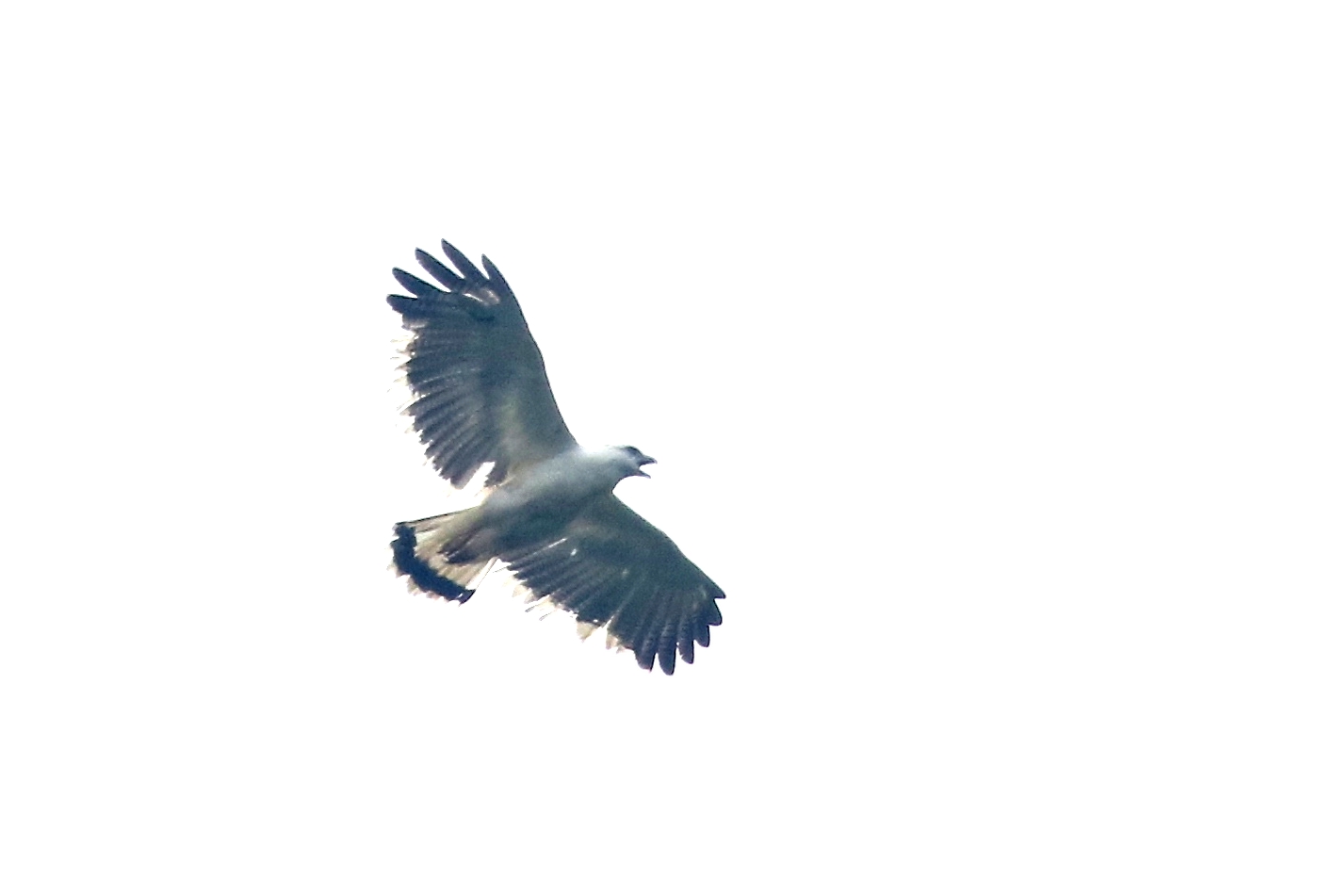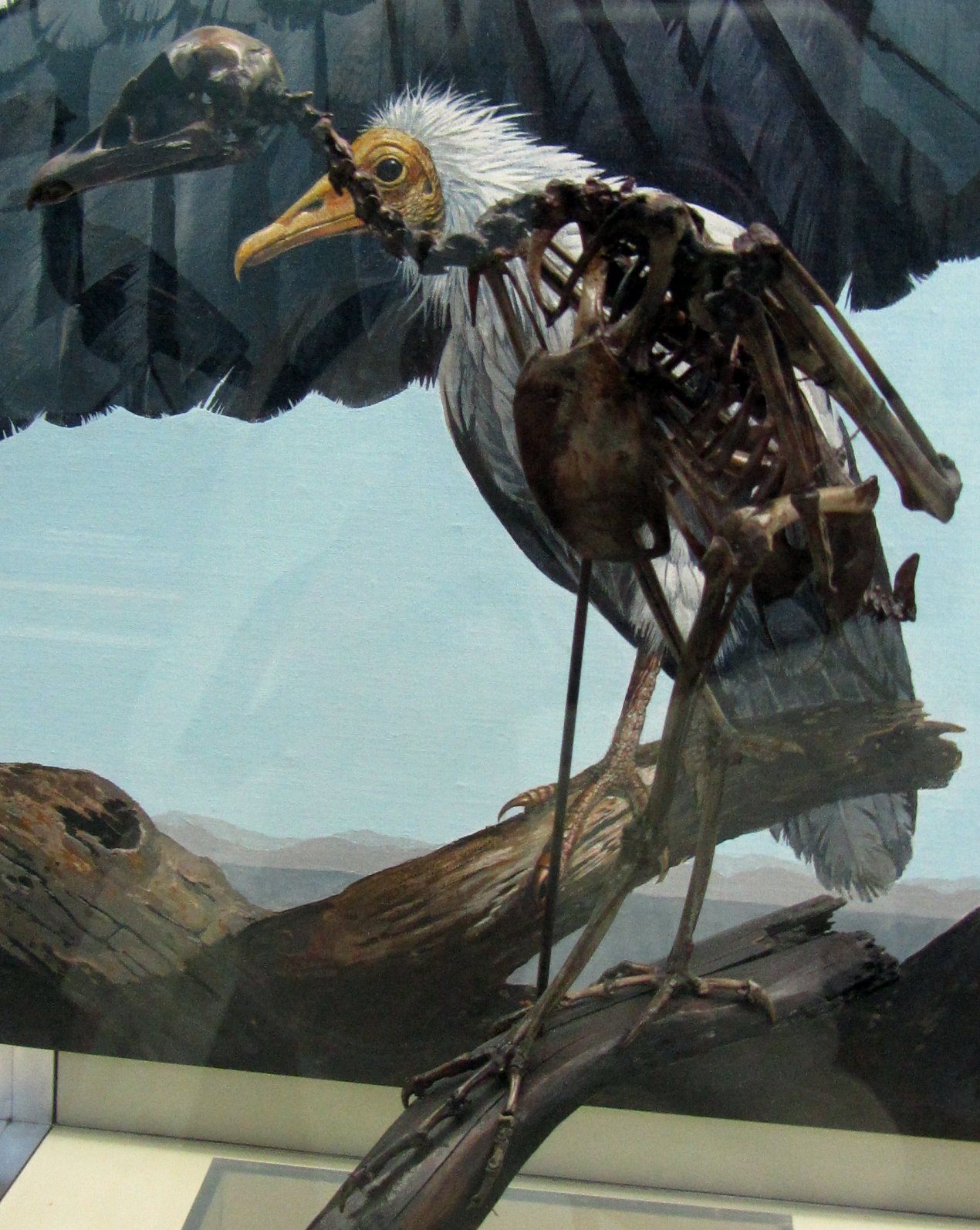|
Pseudastur
''Pseudastur'' is a genus of bird of prey in the family Accipitridae. It contains the following species: Systematics The name ''Pseudastur'' was coined by Edward Blyth, but was first published in George Robert Gray's Index. The type species is the white hawk, ''Falco albicollis'' Latham, 1790. The species were placed for some time in the genus ''Leucopternis ''Leucopternis'' is a Neotropical genus of birds of prey in the family Accipitridae. They are associated with tropical forest, and are uncommon or rare. Their plumage is largely black or gray above and white below, and they have distinctive orang ...'', however this genus was found to be polyphyletic. In 2012 the American Ornithologists' Union split Leucopternis, placing the white hawk and its relatives under the old name ''Pseudaster''. References External links * * * Higher-level bird taxa restricted to the Neotropics Taxa named by Edward Blyth {{Accipitriformes-stub ... [...More Info...] [...Related Items...] OR: [Wikipedia] [Google] [Baidu] |
White Hawk
The white hawk (''Pseudastur albicollis'') is a bird of prey breeding in the tropical New World of the family Accipitridae. Though it is commonly placed in the subfamily Buteoninae, the validity of this group is doubtful and currently under review. Description The adult white hawk ranges from 46–56 cm (18–22 in) long with very broad wings and has a white head, body and underwings. The upper wings are black, and the very short tail is black with a broad white band. The bill is black and the legs are yellow. The sexes are similar, but females are larger and heavier—840 g (1.85 lb) compared to the male's 650 g (1.43 lb). Immature birds have extensive black spotting on the upperparts and dark-streaked whitish underparts. The call of the white hawk is a plaintive ''kerwee''. Subspecies There are four subspecies: * ''Pseudastur albicollis ghiesbreghti'' – Southern Mexico to Nicaragua :Entirely white, except for black markings on the ou ... [...More Info...] [...Related Items...] OR: [Wikipedia] [Google] [Baidu] |
Pseudastur
''Pseudastur'' is a genus of bird of prey in the family Accipitridae. It contains the following species: Systematics The name ''Pseudastur'' was coined by Edward Blyth, but was first published in George Robert Gray's Index. The type species is the white hawk, ''Falco albicollis'' Latham, 1790. The species were placed for some time in the genus ''Leucopternis ''Leucopternis'' is a Neotropical genus of birds of prey in the family Accipitridae. They are associated with tropical forest, and are uncommon or rare. Their plumage is largely black or gray above and white below, and they have distinctive orang ...'', however this genus was found to be polyphyletic. In 2012 the American Ornithologists' Union split Leucopternis, placing the white hawk and its relatives under the old name ''Pseudaster''. References External links * * * Higher-level bird taxa restricted to the Neotropics Taxa named by Edward Blyth {{Accipitriformes-stub ... [...More Info...] [...Related Items...] OR: [Wikipedia] [Google] [Baidu] |
Grey-backed Hawk
The grey-backed hawk (''Pseudastur occidentalis'') is an Endangered species (IUCN status), Endangered species of bird of prey in subfamily Accipitrinae, the "true" hawks, of family Accipitridae. It is found in Ecuador and far northern Peru.Remsen, J. V., Jr., J. I. Areta, E. Bonaccorso, S. Claramunt, A. Jaramillo, D. F. Lane, J. F. Pacheco, M. B. Robbins, F. G. Stiles, and K. J. Zimmer. Version 24 July 2022. A classification of the bird species of South America. American Ornithological Society. https://www.museum.lsu.edu/~Remsen/SACCBaseline.htm retrieved July 24, 2022 Taxonomy and systematics The grey-backed hawk was traditionally placed in genus ''Leucopternis'' but following a 2006 paper, taxonomists moved it and two other species to genus ''Pseudastur''.Amaral, F.S.R., Miller, M.J., Silveira, L.F., Bermingham, E. and Wajntal, A. (2006). Polyphyly of the hawk genera Leucopternis and Buteogallus (Aves, Accipitridae): multiple habitat shifts during the Neotropical buteonine di ... [...More Info...] [...Related Items...] OR: [Wikipedia] [Google] [Baidu] |
Mantled Hawk
The mantled hawk (''Pseudastur polionotus'') is a South American species of bird of prey in the family Accipitridae. Taxonomy and evolution This hawk was formerly placed in the genus ''Leucopternis'' and was known as ''Leucopternis polionota'' or ''polionotus'' but is now classified as ''Pseudastur polionotus''.Del Hoyo J, Collar NJ, Christie DA, Elliot A, Fishpool LDC. 2014. HBW and Birdlife International Illustrated Checklist of the Birds of the World. Lynx Edicions Birdlife International, Barcelona, Spain and Cambrdige, UK. Description The adult of this medium-sized hawk has a bulky appearance with broad “shoulders” relative to total length.Seipke SH, Kajiwara D, Albuquerque JBL. 2006. Field identification of Mantled Hawk Leucopternis polionotus. Neotropical Birding 1: 42-47. The body length measures 470-510mm, with females being slightly larger than males.Blake ER. 1977. Manual of Neotropical Birds, Vol. 1. Chicago. The head, neck, upper back and entire undersurface excep ... [...More Info...] [...Related Items...] OR: [Wikipedia] [Google] [Baidu] |
Accipitridae
The Accipitridae is one of the three families within the order Accipitriformes, and is a family of small to large birds with strongly hooked bills and variable morphology based on diet. They feed on a range of prey items from insects to medium-sized mammals, with a number feeding on carrion and a few feeding on fruit. The Accipitridae have a cosmopolitan distribution, being found on all the world's continents (except Antarctica) and a number of oceanic island groups. Some species are migratory. The family contains 255 species which are divided into 70 genera. Many well-known birds such as hawks, eagles, kites, harriers and Old World vultures are included in this group. The osprey is usually placed in a separate family (Pandionidae), as is the secretary bird (Sagittariidae), and the New World vultures are also usually now regarded as a separate family or order. Karyotype data indicate the accipitrids analysed are indeed a distinct monophyletic group. Systematics and phylogeny ... [...More Info...] [...Related Items...] OR: [Wikipedia] [Google] [Baidu] |
Leucopternis
''Leucopternis'' is a Neotropical genus of birds of prey in the family Accipitridae. They are associated with tropical forest, and are uncommon or rare. Their plumage is largely black or gray above and white below, and they have distinctive orange ceres. Species Traditionally, ''Leucopternis'' contains significantly more species than given here. However, as the genus probably was polyphyletic, moves of species to other genera were proposed and have been accepted by the American Ornithologists' Union's South American Check-list Committee and North American Check-list Committee,Chesser et al. (2012) except that the South American Committee placed the former ''L. lacernulatus'' in the existing genus ''Buteogallus'' instead of in a new genus ''Amadonastur'' by itself. The other species were placed in the genera '' Cryptoleucopteryx'', '' Morphnarchus'', ''Pseudastur'', and ''Buteogallus ''Buteogallus'' is a genus of birds of prey in the family Accipitridae. All members of this ... [...More Info...] [...Related Items...] OR: [Wikipedia] [Google] [Baidu] |
George Robert Gray
George Robert Gray FRS (8 July 1808 – 6 May 1872) was an English zoologist and author, and head of the ornithological section of the British Museum, now the Natural History Museum, in London for forty-one years. He was the younger brother of the zoologist John Edward Gray and the son of the botanist Samuel Frederick Gray. George Gray's most important publication was his ''Genera of Birds'' (1844–49), illustrated by David William Mitchell and Joseph Wolf, which included 46,000 references. Biography He was born in Little Chelsea, London, to Samuel Frederick Gray, naturalist and pharmacologist, and Elizabeth (née Forfeit), his wife. He was educated at Merchant Taylor's School. Gray started at the British Museum as Assistant Keeper of the Zoology Branch in 1831. He began by cataloguing insects, and published an ''Entomology of Australia'' (1833) and contributed the entomogical section to an English edition of Georges Cuvier's ''Animal Kingdom''. Gray described many spec ... [...More Info...] [...Related Items...] OR: [Wikipedia] [Google] [Baidu] |
Bird Of Prey
Birds of prey or predatory birds, also known as raptors, are hypercarnivorous bird species that actively hunt and feed on other vertebrates (mainly mammals, reptiles and other smaller birds). In addition to speed and strength, these predators have keen eyesight for detecting prey from a distance or during flight, strong feet with sharp talons for grasping or killing prey, and powerful, curved beaks for tearing off flesh. Although predatory birds primarily hunt live prey, many species (such as fish eagles, vultures and condors) also scavenge and eat carrion. Although the term "bird of prey" could theoretically be taken to include all birds that actively hunt and eat other animals, ornithologists typically use the narrower definition followed in this page, excluding both piscivorous predators such as storks, herons, gulls, skuas, penguins and kingfishers, as well as primarily insectivorous birds such as passerine birds (e.g. shrikes) and birds like nightjars and frogmouths. So ... [...More Info...] [...Related Items...] OR: [Wikipedia] [Google] [Baidu] |
White Hawk 1 2496239182
White is the lightest color and is achromatic (having no hue). It is the color of objects such as snow, chalk, and milk, and is the opposite of black. White objects fully reflect and scatter all the visible wavelengths of light. White on television and computer screens is created by a mixture of red, blue, and green light. The color white can be given with white pigments, especially titanium dioxide. In ancient Egypt and ancient Rome, priestesses wore white as a symbol of purity, and Romans wore white togas as symbols of citizenship. In the Middle Ages and Renaissance a white unicorn symbolized chastity, and a white lamb sacrifice and purity. It was the royal color of the kings of France, and of the monarchist movement that opposed the Bolsheviks during the Russian Civil War (1917–1922). Greek and Roman temples were faced with white marble, and beginning in the 18th century, with the advent of neoclassical architecture, white became the most common color of new churches ... [...More Info...] [...Related Items...] OR: [Wikipedia] [Google] [Baidu] |
Edward Blyth
Edward Blyth (23 December 1810 – 27 December 1873) was an English zoologist who worked for most of his life in India as a curator of zoology at the museum of the Asiatic Society of India in Calcutta. Blyth was born in London in 1810. In 1841 he travelled to India to become the curator of the museum of the Royal Asiatic Society of Bengal. He set about updating the museum's catalogues, publishing a ''Catalogue of the Birds of the Asiatic Society'' in 1849. He was prevented from doing much fieldwork himself, but received and described bird specimens from A.O. Hume, Samuel Tickell, Robert Swinhoe and others. He remained as curator until 1862, when ill-health forced his return to England. His ''Natural History of the Cranes'' was published posthumously in 1881. Avian species bearing his name include Blyth's hornbill, Blyth's leaf warbler, Blyth's hawk-eagle, Blyth's olive bulbul, Blyth's parakeet, Blyth's frogmouth, Blyth's reed warbler, Blyth's rosefinch, Blyth's shrike-babbl ... [...More Info...] [...Related Items...] OR: [Wikipedia] [Google] [Baidu] |







